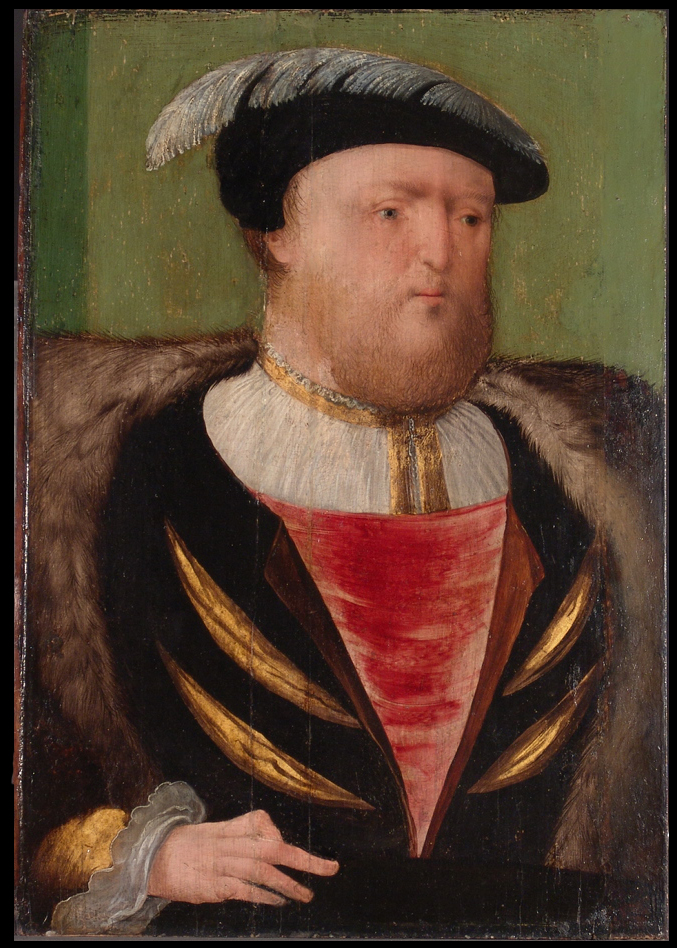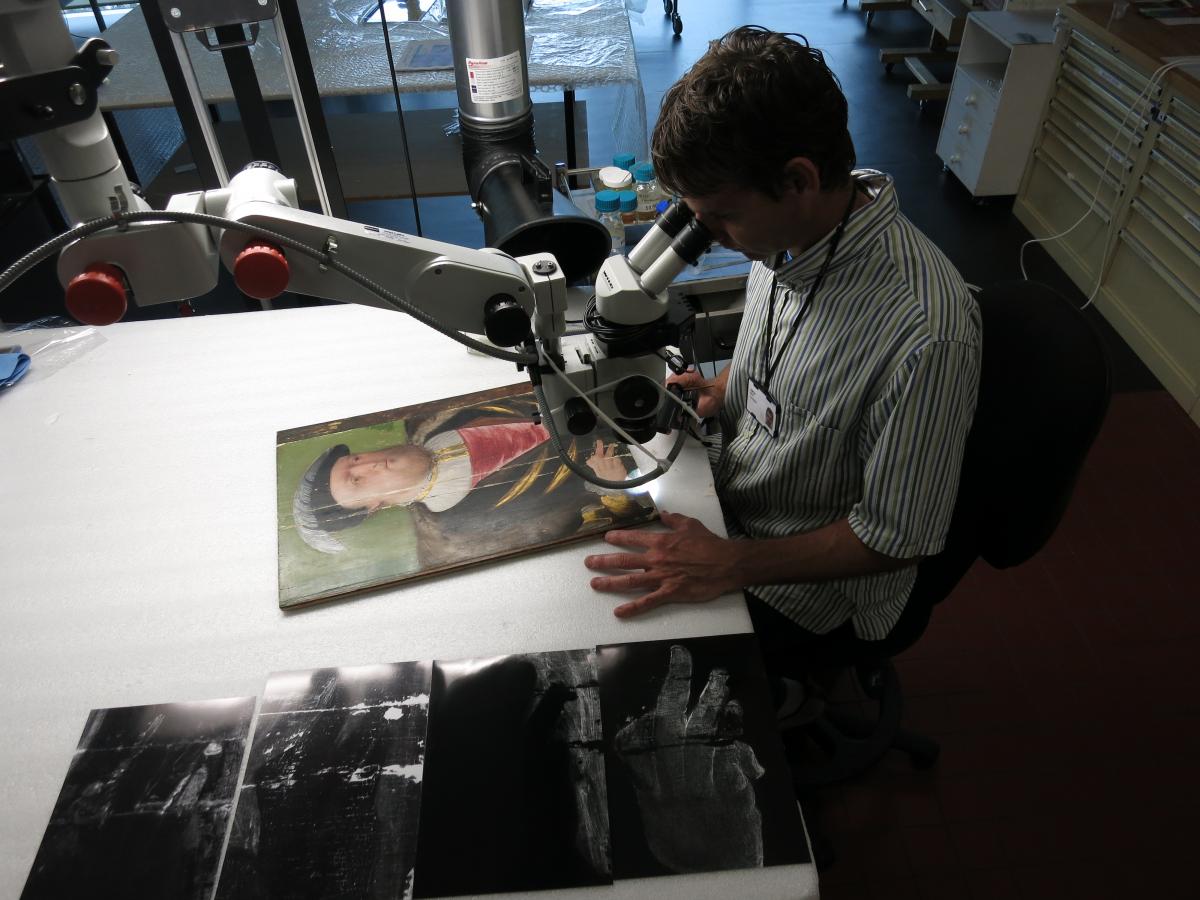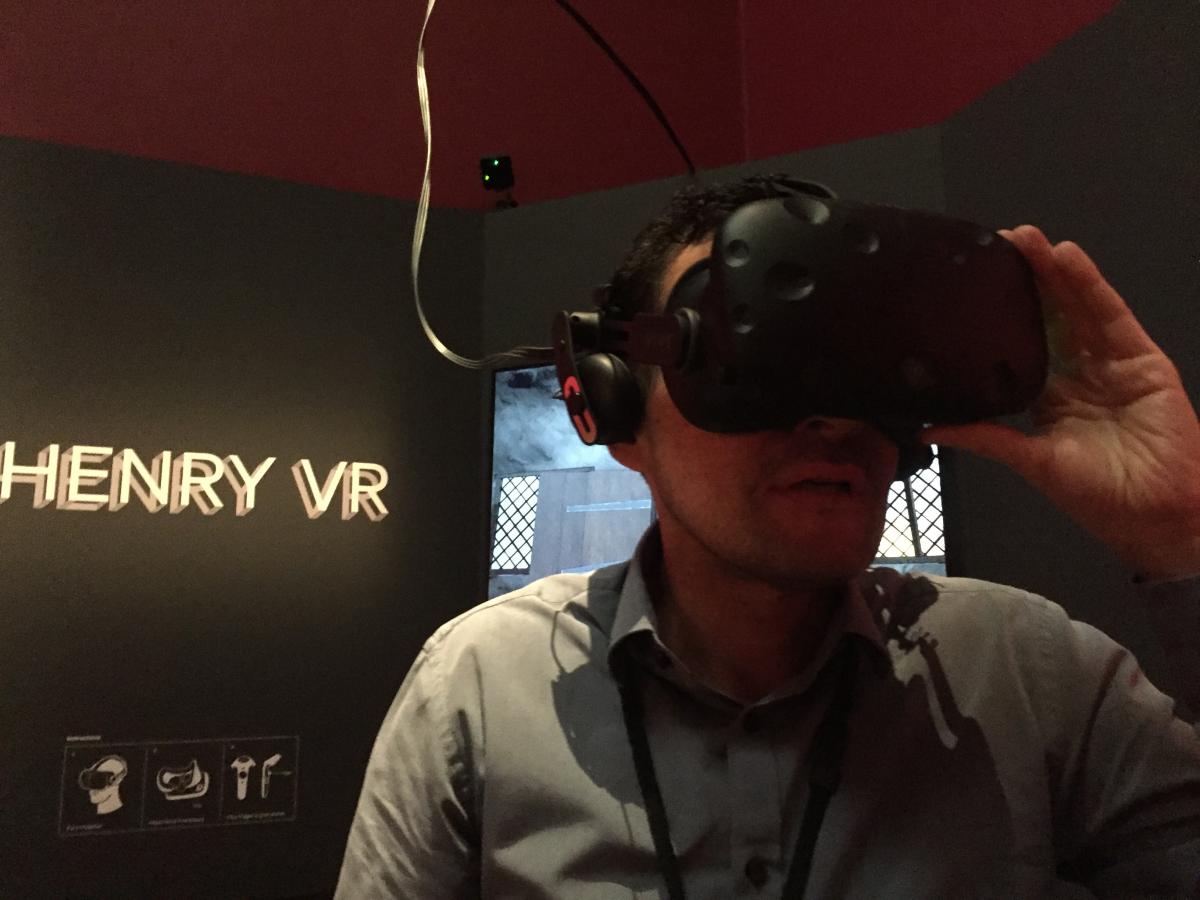About four or five years ago at a conference session on directions for conservation at a Museums conference in Sydney I found myself presenting after ICS Sydney Director, Julian Bickersteth. In his talk he described, rather than advocated, the shift in ambition for the conservation field since the start of his career. He characterised the perceived mission of conservation at that time as the attempt to “preserve everything forever”, whereas now the mission had become “managing change”. Alongside the earlier unsustainable quest, in those ambitious days there was also the developing role of the precision analysis of art materials. I remember that getting some kind of graph or technical print-out into your student project was quite a prize. Now in the world of cost efficiencies, and processes and procedures, where was technical research in the developing scheme of things?
Idealistically, I had come to the conference armed with a pipe dream. It was a power point presentation in which I optimistically described a project we were working on: restoring a panel portrait of Henry VIII, which we hoped would become a new kind of exhibition at the Art Gallery of New South Wales. The painting itself appeared slightly crude and showing its age, its authority diminished by the missing right edge resulting in the loss of an arm. There was no initial budget either – but something about it hinted at buried treasure so we persisted. And the one-armed King had an ace up his (remaining) sleeve.

The card we held was some mesmerizingly beautiful and astonishingly high-resolution elemental maps. Produced through collaboration with the geniuses at the Australian synchrotron, the maps were also packed with information. The longer you poured over them the more you discovered; a hidden cast shadow, an altered finger, a lost gold ruff. Super high-resolution scans carried out in collaboration with LUXLAB (UNSW) revealed some splendid calligraphic and miniature brushwork. It occurred to us that we had information of a different nature to anything that had existed before. Rich in insight and visual appeal, we wondered how it might be presented to the gallery public. There seemed now to be a whole new suite of emerging possibilities when it came to displaying digital information. Combined with the historical research, and a campaign of restoration, we thought that perhaps here was an opportunity to present a painting in a new way, and maybe find a new avenue for conservation.

As part of preserving everything forever, I remember what drew me to the conservation field was that its developing ability to provide a whole new dimension to the understanding of visual art through materials analysis. A natural outgrowth of the scientifically based treatment of paintings as well as the requirements of authentication, such research had put us shoulder to shoulder with the curatorial field, and opened a whole new realm of interpretation. Stories embedded in the detailed structure of artworks, unearthed by conservation forensics found popular expression in the literature. Art history as a living crime scene – lost narratives from distant times revealed and mysteries solved. Fascinating to the gallery going public, programmes like Fake or Fortune found a way to present it and capitalise on its appeal. But finding a compelling and evocative way to enable access to this trove of information in the gallery space has proved harder.
Developing technology has meant the quality of information is advancing apace. There is increasing access through collaborations, and emerging better techniques that are coming within reach of ambitious institutions with strong benefactor groups and revenue raising structures. And finally, in the digital age, the didactic panel has been superseded. Ranges of platforms are emerging to enable the delivery of information as digital graphics into the pockets of visitors at the site of the art work.

For a field that trades in visuals and information, in the museums and gallery world this could be a renaissance. Increasing visitor numbers, and engaging with new audiences through innovative forms of media are now rightly part of the core mission of galleries. The collaboration between conservation, curatorial and digital technicians resulted in the a successful display that utilises technology to focus on and reveal the artwork rather than displace it with a hi-tech distraction. The key to this is quality content which, with investment, good conservators can produce in spades. This can put well trained and resourced, skilled conservators at a premium.
Institutions around the world are starting to experiment with this form, coming up with a myriad of creations to augment visitor engagement. Those that develop organisational structures and digital platforms to support this will gain the rewards in terms of reputation and audience interest. Not going there, is not an option. The acquisition of good analytical information is now a built-in part of the modern conservation approach. But demanding in time and resources, it is exciting to know that beyond the traditional demands, there is a growing essential new outlet for such an investment. With changing audience expectations of the services delivered by future cultural institutions, this is part of managing change.
Pipe dreams aside, at the start of the project we didn’t expect anything more than an entry on the web and a label. The fact that Henry made it onto the wall as the centrepiece of such a beautifully crafted, content rich, hi-tech display makes me think it is a form whose time has come, and whose possibilities we will see play out across the museum world in the future. For institutions that position themselves well, resourcing and backing the skills of their conservators it points to a bright future for us. We’re really proud of this one. You’ve got to come and see it!
Henry VR (12 May – 9 Sep) is the Art Gallery of New South Wales’ first virtual reality exhibition, focusing on the restoration of a Tudor portrait of Henry VIII in the Gallery’s collection. The VR installation transports viewers into a reconstruction of a 16th century London artists’ workshop, where they can experiment with the materials and pigments used to create the painting and experience the sights and sounds of Tudor-Era London before teleporting inside a particle accelerator to view the unique X-Ray fluorescence elemental maps produced at the Australian Synchrotron during the restoration process. Henry VR uses virtual reality technologies to complement the mission of the gallery to interpret, present and preserve works of art of cultural value.